Immersive Intelligence: The Hybrid Future of AI and Human Experience
Weeknotes 330: Building on last week's claim for embodied intelligence in robotics, this week's topic is immersive living intelligence, triggered by the new Amy Webb trend report. And many more.

Thanks for landing here and reading my weekly newsletter. If you are new here, have a more extended bio on targetisnew.com. This newsletter is my personal weekly reflection on the news of the past week, with a lens of understanding the unpredictable futures of human-ai co-performances in a context of full immersive connectedness and the impact on society, organizations, and design. Don’t hesitate to reach out if you want to know more or more specifically.
Hi all!
SXSW is in full swing. I mentioned it last week, I have been there more than once and like to follow the vibe from here. One of the returning certainties is that Amy Webb is delivering her trend report. This year the whole report is 1000 slides, but she is not presenting all of course. You can download it. Her presentation is already online to watch. And she touches upon many themes I covered here last year. And linked to more recently, as in last week, she addresses embodied AI. She does it very well. She checks the video at around 26:30. She also mentioned a very recent paper on action-based LLMs. More thoughts on this, see below.
⏪ What did happen last week?
Last week, I dove into responsible AI, especially AI in the physical space. I pitched this as a potential project for a new funding scheme at a matchmaking session. This is core “Cities of (agentic) Things”.
Several experiments have been undertaken for the energy transition around the ArenA area in Amsterdam; the LIFE project presented its end results. It dealt with infrastructure and the grid, but one sub-project—the Venserpolder energy commons—is an interesting case for the research project on Civic Protocol Economies.
Attending a presentation at CMDonderdag on contestable AI by Kars was, as always, inspiring. However, the conversations left too little time for the final part on "Beyond Contestable AI." The slide are online via contestable.ai.
Next to that planning for the next iteration of ThingsCon Salon and exhibition “Generative Things”, and shaping some possible new projects.
⏺️ What did I notice last week?
- To quote Benedict Evans newsletter: coding (with AI) is hot, and so are robots. Both through the fewer new investments made in companies like Anysphere, Anthropic, Figure, and Larry Page had a new startup for using AI in robotic manufacturing.
- End of last week announced, but a hot topic on Monday (and probably the coming week): a new DeepSeek moment? A different perspective with the fresh Chinese tool, Manus, for creating a multi-agentic AI experience on top of Claude 3.7 Sonnet.
- Also, Google is pivoting AI search to AI Mode as a better-implemented version of AI-enhanced searching, chasing Perplexity.
- OpenAi is extending its product range using subscription fees to indicate its capabilities. 20k per Month for a PhD agent level
- Apple is still struggling with the new Siri, and has officially delayed the launch.
- The news was a bit earlier, but tech watchers' applications spiked last week: Sesame as real-life experience voice, building on and supporting the more empathic AI trend I noticed last week.
- All the geopolitical unrest, especially the unpredictable US policy, accelerates technology developments in Europe. As happened before, the military industry is pushing tech forward. However, this is a thin line that can break into a destructive mode when the newly developed tech is actually used.
- After all these years, the first ‘Dieter Rams’-camera impersonates an early iPod.
- The Disney BDX Droids are coming to a park near you. And they are cute. And self-learning and playing out their character.
- Vibe coding is still hot this week. And Vibe designing as a response.
- The chilling effect from our own computers.
- Trust and Mistrust in Sci-Fi Narratives in a panel with, among others, Donna Harraway.
🔄 What triggered my thoughts?
This week's thoughts build on last week's discussion on embodied humanoids while connecting to the ongoing South by Southwest conference presentations. I've followed Amy Webb, a notable future foresight expert who has delivered comprehensive trend reports at SXSW for several years. This year's report spans an impressive thousand slides covering various technology trends.
The Concept of Immersive Intelligence
Among Webb's trends is "living intelligence" - a concept I'd like to expand into "immersive intelligence." This represents a sophisticated hybrid layer where digital and physical experiences merge to create something greater than either alone. Immersive intelligence is a specific form of embodied intelligence that thrives at the intersection of our digital tools and physical existence. Unlike traditional AI or even AGI (Artificial General Intelligence), which remain primarily mind-driven, immersive intelligence leverages the continuous feedback loop between digital systems and real-world experiences. When discussing immersive technologies, people often focus on creating virtual or mental reality experiences in isolation. However, the true potential lies in the seamless integration of digital elements with real-world experiences across multiple channels. This hybrid approach creates a new foundation for intelligence that is neither purely digital nor purely physical, but a dynamic synthesis of both.
How Immersive Experiences Feed Living Intelligence
Immersive experiences create rich data environments where different forms of intelligence can interact and evolve. When we design environments where digital systems can "experience" the physical world through our interactions, we create opportunities for more sophisticated forms of learning. True immersion isn't about escaping reality but enhancing it. It's about creating multilayered experiences where digital systems gain context from physical reality, and humans benefit from computational capabilities. These hybrid experiences feed what Webb calls "living intelligence" - intelligence that learns continuously through authentic interaction with the world. This perspective shifts our design focus from creating isolated AI systems to fostering environments where digital and physical intelligences can coevolve. Different ways of being and knowing - from human intuition to computational pattern recognition - combine to create richer, more comprehensive understandings that remain accessible while expanding our capabilities.
Fifth Order Design and Transformation
This connects to the concept of "fifth order design" proposed by Italian scholar Marzia Mortati in her article "New Design Knowledge and the Fifth Order of Design." While fourth order design focuses on systems, Mortati defines fifth order design as centered on transformation and emergence. She describes it as "design of development strategies for continuously changing scenarios," emphasizing the creation of learning environments that enable continuous adaptation through real-world engagement and experience.
This approach aligns perfectly with immersive intelligence, particularly in considering the constant connection between humans and non-humans (such as robotics). The key is maintaining a continuous orientation toward real experiences, creating learning opportunities through authentic interaction with the physical world.
The Evolution of AI: From Tools to Immersive Intelligence
We're witnessing a transition from current AI systems (primarily language and media-driven tools) toward what might be called "authentic AI." However, I believe the most promising path forward isn't just embodied AI but specifically immersive intelligence - systems that exist in the hybrid space between digital and physical. This represents more than just a technical evolution; it's a fundamental reconceptualization of intelligence itself as something that emerges from the interplay between digital systems and physical reality. Rather than merely creating AI that exists in physical form, we're moving toward intelligence that thrives in the spaces where digital and physical intersect.
Designing for Immersive Intelligence
Last week, I participated in a matchmaking session for a new funding scheme from the SIDN organization and ICT sector promoters focused on responsible AI in practice. While many discussions about responsible AI center on media applications like ChatGPT or domain-specific uses like healthcare, I presented a different perspective.
I suggested we must design for immersive intelligence by considering how AI functions across the spectrum of built environments and digital spaces simultaneously. This approach recognizes that future intelligence will increasingly exist in the hybrid zones where physical and digital realities converge.
Creating responsible immersive intelligence requires designing systems that can navigate both realms while maintaining ethical principles across contexts. Responsible AI in purely digital environments is not enough if those same systems can't maintain their ethical frameworks when engaging with physical reality through sensors, robotics, or other interfaces.
Designer Responsibility in AI Creation
A final consideration: what does responsible AI mean from a designer's perspective? As designers and makers embrace responsible AI principles, we must question whether responsibility lies with the AI itself or with those creating, designing, and shaping it.
Is responsibility embedded in how we feed data and establish rules? Responsibility primarily rests in the creation and design processes. The thoughtful design of immersive intelligence—considering how it bridges digital and physical realms, creates hybrid experiences, and facilitates new forms of interaction—ultimately produces responsible and beneficial forms of intelligence for our future.
↗️ What inspiring paper to share?
This week a book: Statecraft and Policymaking in the Age of Digital Twins
This book describes the transition from basic automation to pervasive computing, ubiquitous computing, ambient intelligence, and the Internet of Things, and its effects on democratic decision-making and governance in Europe.
The book argues for balancing centralization and decentralization in a cybernetic framework with human-centric values at its core.
https://doi.org/10.1007/978-3-031-80645-2
➡️ What are the plans for the coming week?
A week dedicated to finishing loose ends, research report, and updating communications about initiatives, shaping new plans and proposals, and catching up with interesting people.
See you next week!
#️⃣ References with the notions
I try to keep track a bit on the vibe of SXSW but I expect more on this next week. Signal was hot, immersive experiences in the Dutch community.
Before everyone traveled to Austin there was the Mobile World Congress in Barcelona. Some news but not so much. Folding phones (trifold) and game consoles, and a little AI phone. Also, the next generation of 6G.
Human-AI partnerships
A new kid on the block stirred some rumors: Manus promises to be a multi-agent service that is a wrapper on Claude (and still a bit slow). But as Nathan says, this might be the future of short-term new AI tools: building upon the current intelligence. It is the new experience of using multiple agentic AIs.

Google started testing AI Mode as a possible iteration on search.

Apple is postponing Siri 2.0, while the hardware is more than ready.


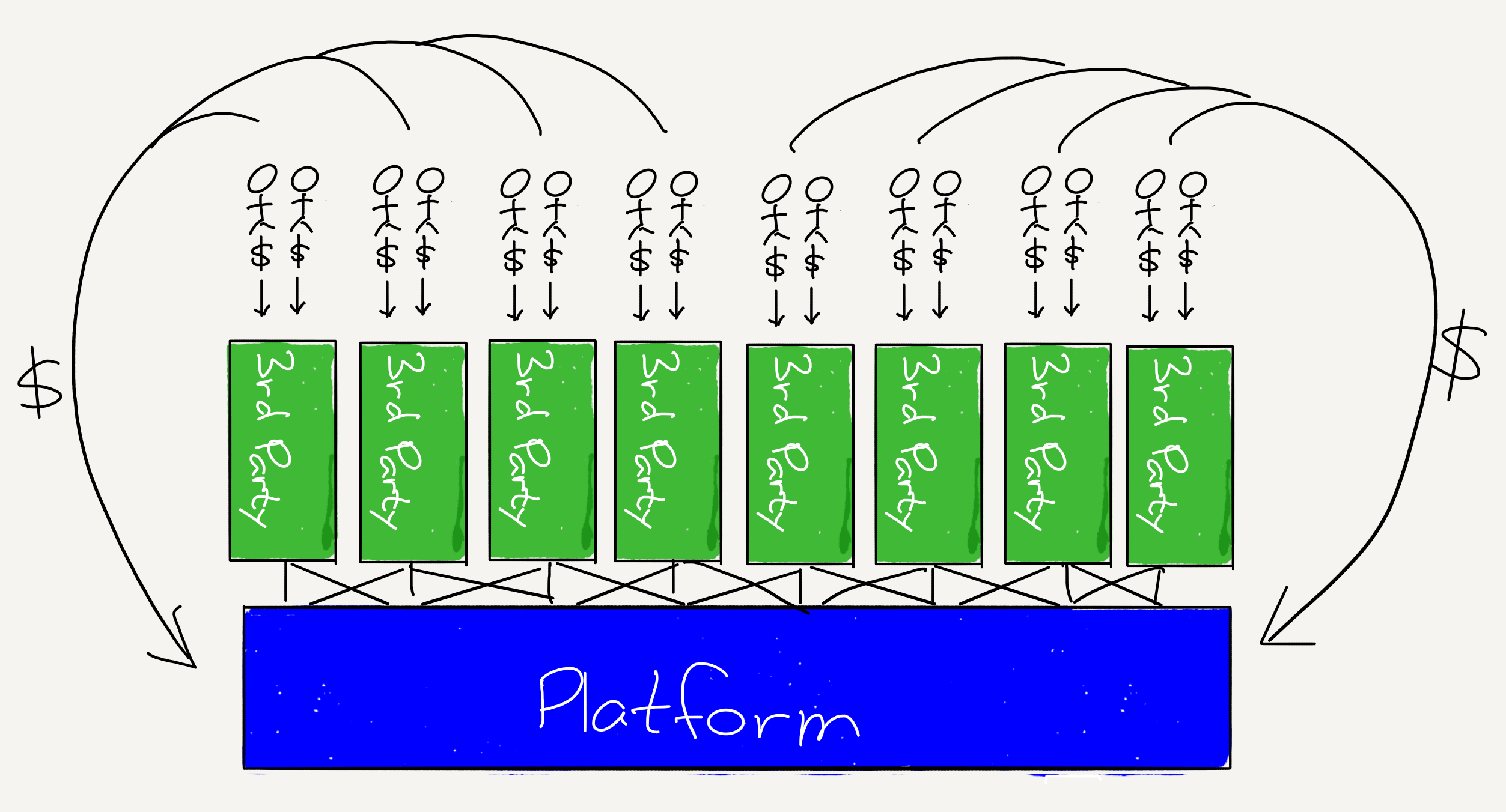
You would expect that AI in developing games and gameplay was already common ground.

A deep dive in Sesame

Robotic performances
The new Disney Droids will populate the parks around the world (also in Paris!). They have a lot of character and are hybrids: move and have character, but the directions where to go and what to do are done by the human ‘director’.
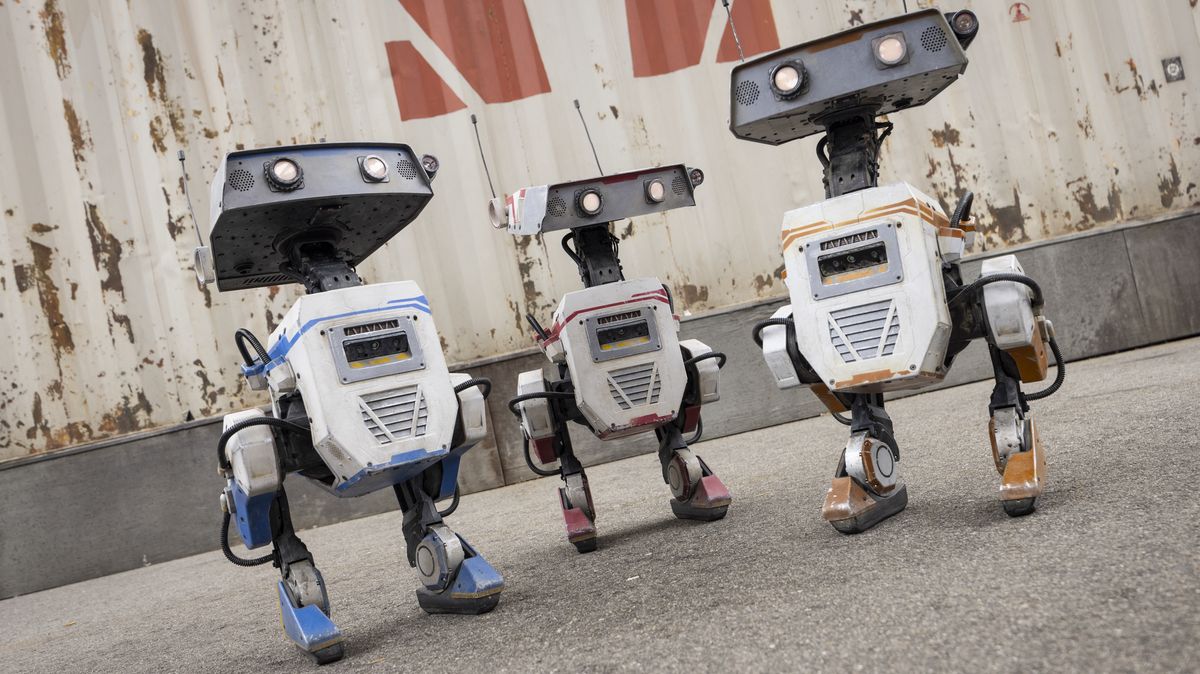
Services and infrastructure of manufacturing robots are hot. Or at least, Google founder Larry Page is starting a new company.

Wondering how this collaborative distribution network design would work for autonomous delivery actors.
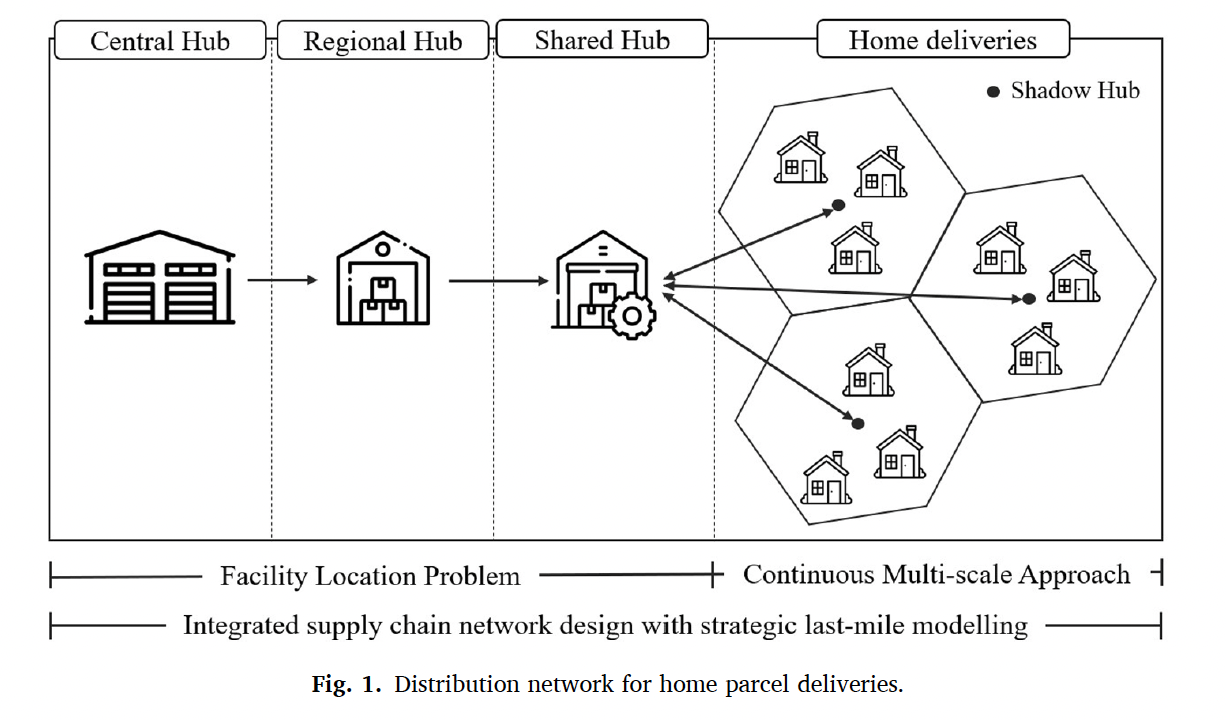
We need to regulate police robots. But I do not expect that in the current political climate (at least not in the US)
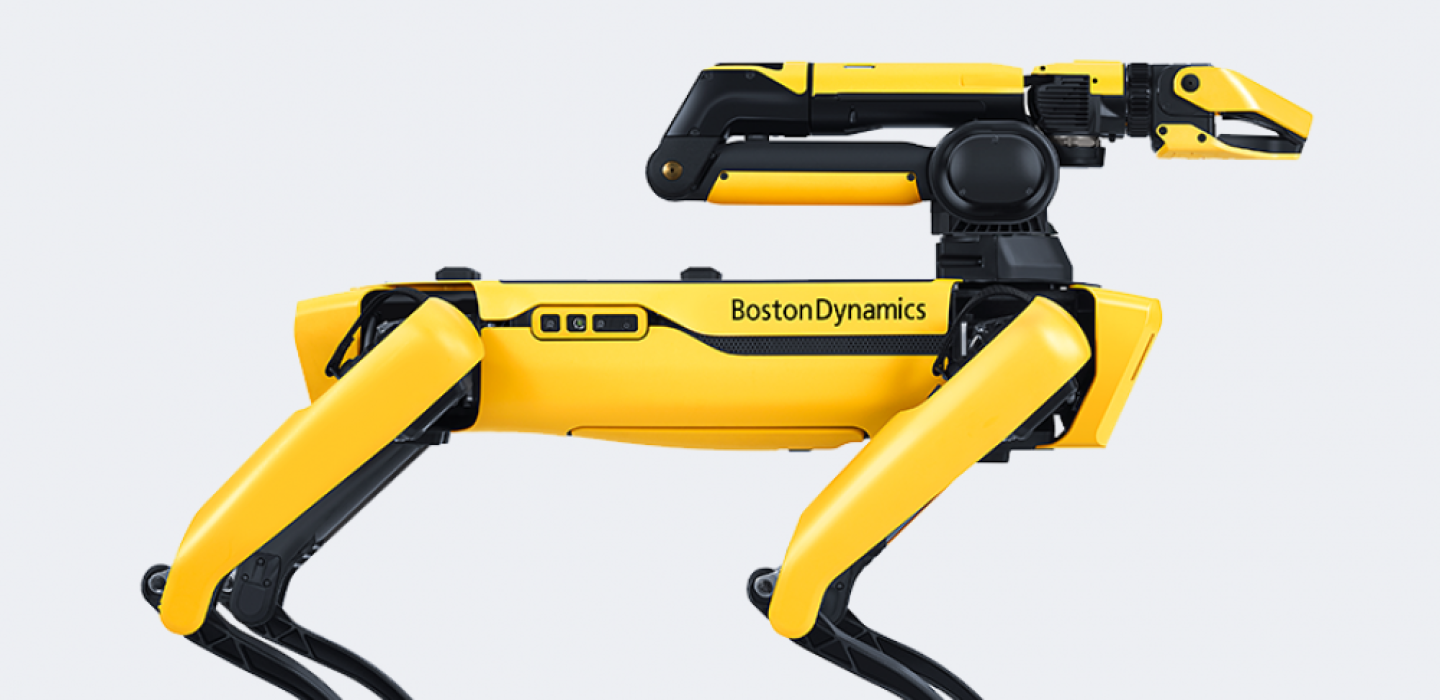
Japan is catching up with self-driving cars in the real world.

Was this creature here before?

Immersive connectedness
I am not a huge gamer (anymore), but I can imagine that this solution is not only solving game problems. Dealing with a complex world full of connected assets to play.

VR as social technology has been explored, this one is kind of new angle.

Tech societies
“The heavy censorship and focus on fast-following may hinder true creative breakthroughs. Despite this China’s advancements in technology show its ability to innovate incrementally.”

Vibe coding is also this week inspiration for several articles. I like the take of Matt Webb related to a larger trend on anti-Schelling points activities. His former BERG colleague is writing on Vibe designing.




Need to check this conversation, but I expect it might deliver some well-played tech positivism.

Can you replace a team of PhDs with this OpenAI agent plan of 20k?
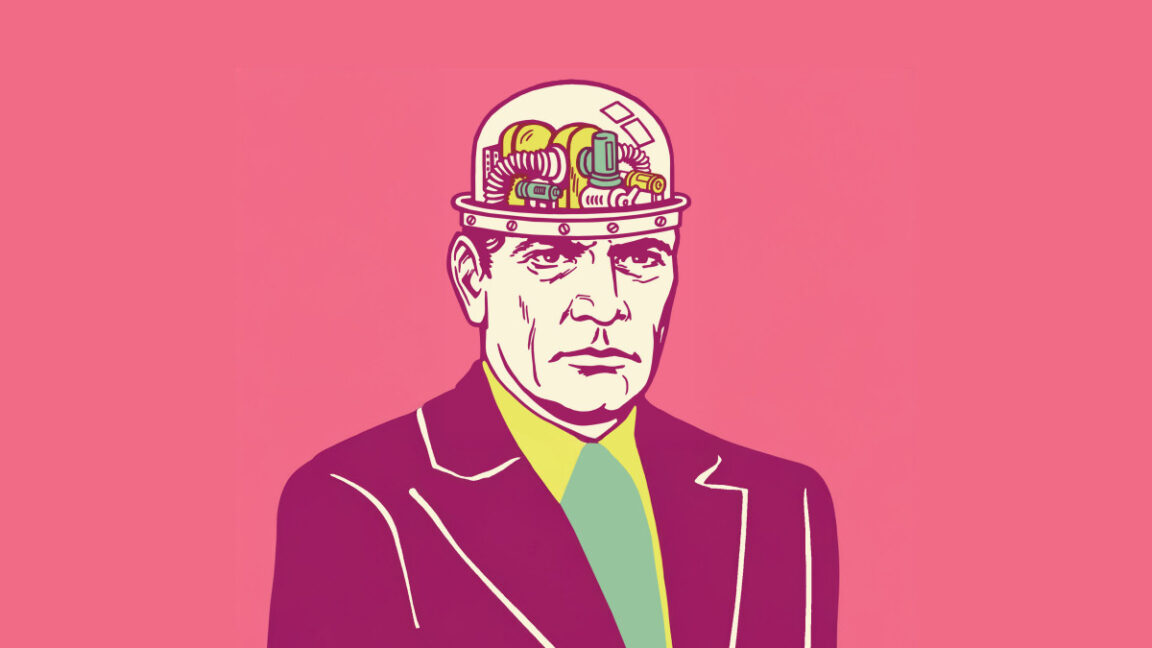
A great line-up, so on my watch-soon list. “Professor Donna Haraway FBA, author of the Cyborg Manifesto, and British Academy Funded Researcher Dr Anna McFarlane, as they explore the themes of trust and mistrust in science-fiction.”






















